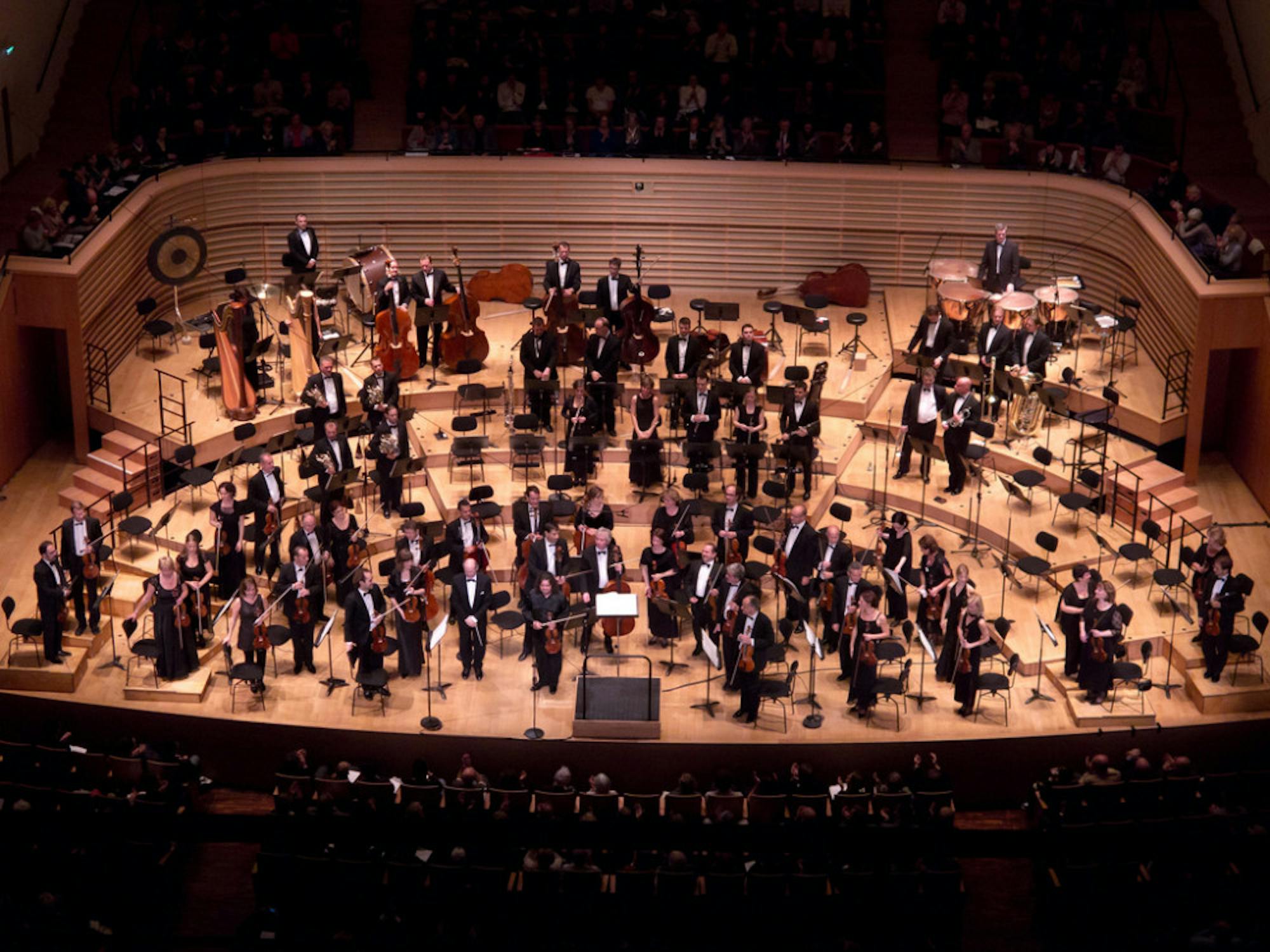Last Sunday, the Budapest Festival Orchestra (BFO) and renowned conductor Iván Fischer concluded their American tour in the Boston Symphony Hall, honoring the very conductor whose name is inscribed in gold above the famous stage: Ludwig van Beethoven. Considered one of the world’s top orchestras, the BFO captivated and delighted the audience with its rendition of three of Beethoven’s pieces: "Symphony No. 1 in C Major," "Piano Concerto No. 4 in G Major" and "Symphony No. 5 in C minor," the latter being the most famous and recognizable of the three.
The performance was part of the Celebrity Series of Boston, which seeks to bring some of the world’s best musicians to Boston (which have included legends like Sergei Rachmaninoff and Igor Stravinsky).
Fischer, the Hungarian-born conductor, has been known for adding oddities to his performances during his and BFO's American tour. During the final movement of Beethoven's Ninth Symphony conducted by Fischer at New York's Lincoln Center a few days earlier, Fischer had arranged all the singers to sit in the audience and stand up at their cue to sing “Ode to Joy."
During Sunday’s Boston performance, Fischer primed the audience for an explosive rendition of the Fifth Symphony by placing the timpani, prominent in this piece, right in front of the violinists instead of at the back of the orchestra as is customary. And in the symphony’s third and final movement, students from the New England Conservatory rushed onstage and joined the players, giving more volume and spirit to the performance’s conclusion.
Fischer’s conducting is jovial and precise, but reveals personal passion. His conducting loses finesse as a piece builds up. Leading up to the climax of the First Symphony's fourth movement, Fischer was loose-limbed and relaxed, doing scarcely more than keeping time. It is as if he had immersed himself in the music and let it lead him in these crucial moments of the piece. This did not negatively affect the performance of the orchestra, however, which is so polished that it can be trusted to sweep up its own conductor.
The first piece, Beethoven's First Symphony, was the least enticing of the three if only because it sounded archaic and Baroque compared to his later, more recognizably-Beethoven compositions. Nonetheless, it was still played impeccably. The second piece, "Piano Concerto No. 4," was much more lively and exciting due to its featured pianist, Richard Goode. At 75 years old, Goode's spry fingers travelled up and down the piano with almost comical speed and dexterity.
The first movement began slow and serene, but picked up complexity as it continued, with the piano keys moving so fast the piece sounded almost modern before resolving into its main melody with the orchestra. After the first movement, "Allegro moderato," the audience momentarily could not hold back its applause, though the audience customarily refrains from applause throughout all movements until the end of a piece. The next two movements, "Andante con moto" and "Rondo (Vivace)," were performed with the same promised energy. At the end of the concerto, Goode received a generous standing ovation.
The finale, Beethoven's Fifth Symphony, was arranged particularly fast and the prominent timpani, as well as the addition of seven students' double basses, made Beethoven’s signature dramatic piece especially bold.
During the tour, Fischer spoke out in opposition to President Trump's travel ban, partly because one of his longtime cellists had been initially denied entry into the United States because of his joint Iraqi-Hungarian citizenship.
Fischer has been known to make similar political statements throughout his musical career. In October 2013, Fischer, who is the grandchild of Holocaust survivors, premiered his original opera “The Red Heifer” about a group of Jews framed for the murder of a girl in 19th-century Hungary. The opera could be understood as a response to growing nationalist and anti-Semitic sentiments in Hungary. His messages of tolerance also won him the Crystal Award from the World Economic Forum in 1998.
The Boston Symphony Hall’s event pamphlet also mentioned a fun factoid: during World War II, the Fifth Symphony gained popularity as a symbol for the allied “V for Victory” message, since the letter “v” in Morse code is three dots and a dash, just like the opening notes of the symphony. Indeed, the pamphlet noted that according to legend, Beethoven himself called the iconic opening of his Fifth Symphony, the “V for Victory” sound, “fate knocking on the door.”
Conductor Iván Fischer shows passion in performance at Boston Symphony Hall






